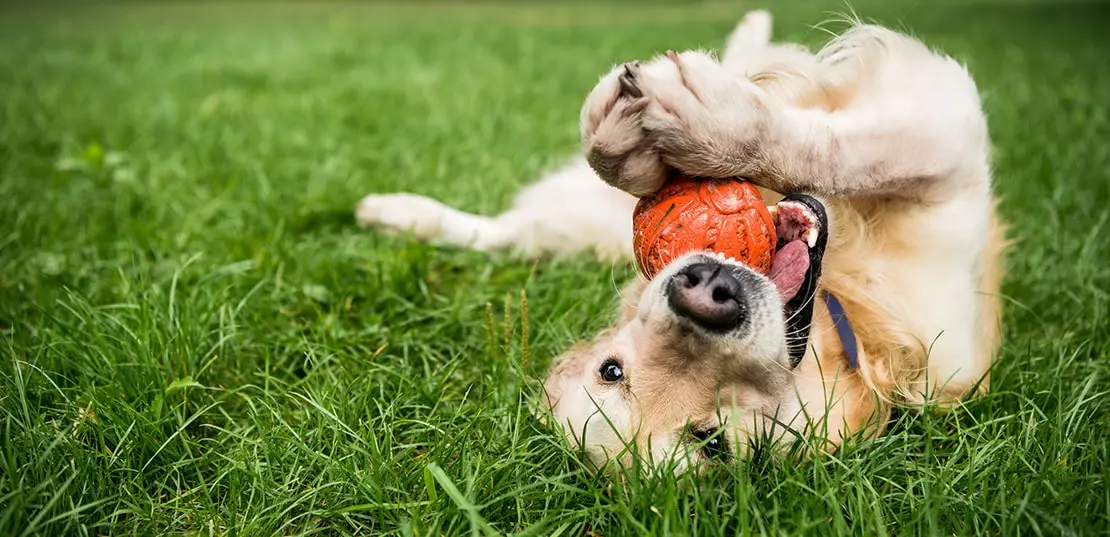888Tahitian Dog
Conditions of detention
The Tahitian Dog was well-adapted to the tropical climate of Polynesia. They thrived in environments with plenty of space to roam and had a lifestyle that was closely integrated with human communities.
Useful Fact: The breed’s adaptability and close relationship with humans made them an integral part of Polynesian life, often living in close quarters with families.
Nutrition and diet
Historically, the diet of the Tahitian Dog would have consisted of what was available on the islands, including fish, fruits, and other local foods. Their diet was largely dependent on the resources available to the Polynesian people.
Useful Fact: The diet of the Tahitian Dog reflected the natural and available resources of Polynesia, highlighting their adaptability and integration into the local ecosystem.
Health
Details about specific health conditions of the Tahitian Dog are limited due to their extinction. However, like many indigenous breeds, they were likely to have been robust and adapted to their environment.
Useful Fact: The natural lifestyle and diet of the Tahitian Dog likely contributed to their overall health and resilience.
Grooming and care
The grooming needs of the Tahitian Dog would have been minimal, adapted to the warm and humid climate of Polynesia. Their coat would have been suited to the tropical environment, requiring basic maintenance.
Useful Fact: The breed’s natural environment likely played a significant role in keeping their grooming needs low, as they would have shed excess fur naturally in the warm climate.
Education and training
The Tahitian Dog would have been trained by the Polynesian people for various tasks, including hunting and companionship. Their intelligence and close relationship with humans made them responsive to basic training.
Useful Fact: The breed’s integration into daily life meant they were naturally socialized and trained through their interactions with the Polynesian people.
Toys and entertainment
While specific toys for the Tahitian Dog are not documented, their entertainment would have come from their environment and interactions with humans. They would have engaged in natural activities like hunting and exploring.
Useful Fact: The natural environment provided ample stimulation and entertainment for the Tahitian Dog, reflecting their active and curious nature.
Safety
The safety of the Tahitian Dog would have been closely tied to their integration into human communities. They would have been protected and cared for by the Polynesian people.
Useful Fact: Their close relationship with humans ensured that they were well-looked after and protected in their natural environment.
Accessories
Traditional accessories for the Tahitian Dog are not well-documented, but they likely had basic needs met by their human companions, such as simple collars or harnesses if needed.
Useful Fact: The breed’s needs were minimal and met through their close relationship with the Polynesian people.
Socialization
The Tahitian Dog was naturally socialized through their integration into human communities. They were an important part of daily life and interacted regularly with people.
Useful Fact: Their role in Polynesian society ensured they were well-socialized and accustomed to human interaction.
Travel and Transportation
Travel for the Tahitian Dog would have been limited to the local environment, as they were closely tied to their communities and the islands.
Useful Fact: Their adaptability made them well-suited to the local conditions, ensuring they were comfortable in their natural environment.
Behavior and psychology
Tahitian Dogs were known for their loyalty, intelligence, and adaptability. Their close relationship with humans meant they were friendly and well-integrated into their communities.
Useful Fact: The breed’s behavior reflected their role in society, being loyal and dependable companions to the Polynesian people.
Legal aspects
There are no specific legal aspects concerning the Tahitian Dog today, as the breed is extinct. However, their historical significance remains a part of Polynesian heritage.
Useful Fact: The extinction of the Tahitian Dog serves as a reminder of the impact of colonization and changing cultural practices on indigenous breeds.


